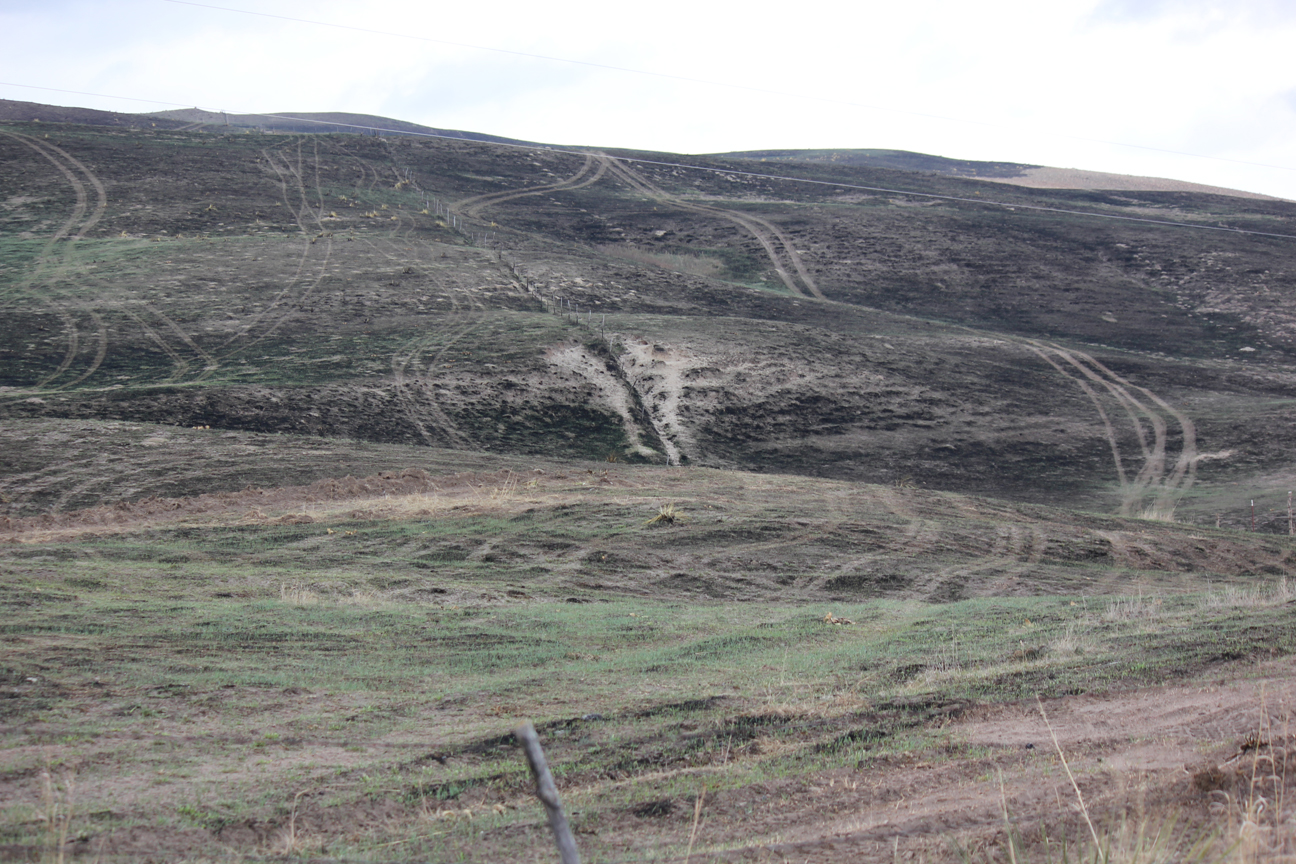Options and Resources for Beef Producers Making Ends Meet after Wildfire

Listen to a discussion of the content in this article on this episode of the BeefWatch podcast. You can subscribe to new episodes in iTunes or paste http://feeds.feedburner.com/unlbeefwatch into your podcast app.
Once again wildfires have plagued Nebraska rangelands. That rangeland will need a time of deferred grazing to recover. Some producers may have harvested forages available to feed while the rangelands recover. Annual forages may also be an option when native perennial forages are recovering.
Some producers may have access to pivots or other farming ground. Some of this ground may be established in introduced perennial forages, and traditionally used for hay, but could be grazed if another source of hay could be located, providing much needed deferment for recovering range.
If planted forages are to be used for grazing, producers may want to consider dividing the pivot into paddocks and rotationally grazing the paddocks to improve forage utilization and to prevent overgrazing of the forage. Dr. Jerry Volesky, Range and Forage Specialist for UNL at West Central Research and Extension Center recommends dividing pastures into five to six paddocks and giving each paddock 28-35 days to recover after grazing. For more information about growing perennial forages see NebGuide G1502 Perennial Forages for Irrigated Pasture.
Planting annual forages under pivot or on dryland acres might also be an option for deferring range resources. Planting cool season annuals in early spring, warm season annuals in May or June, and cool season annuals again in late summer can supply forage for most of the growing season. For more information on planting dates, seeding rates, and initiating grazing on annual forages see NebGuide G2185 Utilizing Annual Forages with Limited Irrigation for Beef Cattle During and Following Drought.
Using crop ground for double cropping can also provide forage for cattle. NebGuide G2262 Annual Cool Season Forages for Late Fall or Early Spring Double-Crop provides helpful information on utilizing forage crops with commodity crops to increase land use and provide forage for livestock.
Several summer annual forages are available for western Nebraska. These can provide high quality grazing when managed properly. For more information on summer annual forage production in western Nebraska see NebGuide G2172 Summer Annual Forages for Beef Cattle in Western Nebraska. Nitrates and prussic acid are typically not an issue when irrigation is available but can be more of a concern when forages are planted on dryland acres. However, nitrate levels can be managed so that cattle can still utilize forages. NebGuide G1779 Nitrates in Livestock Feeding, provides tools for managing nitrate levels in livestock feed when necessary.
For additional information or help grazing planted forages to provide recovery time for burned native range, contact your local extension office.
Find all Nebguides at https://extensionpubs.unl.edu, where you can search by topic or number.
Interviews with the authors of BeefWatch newsletter articles become available throughout the month of publication and are accessible at https://go.unl.edu/podcast. You can subscribe to the BeefWatch newsletter here: http://go.unl.edu/Beefwatch_subscribe
